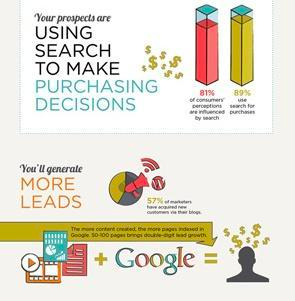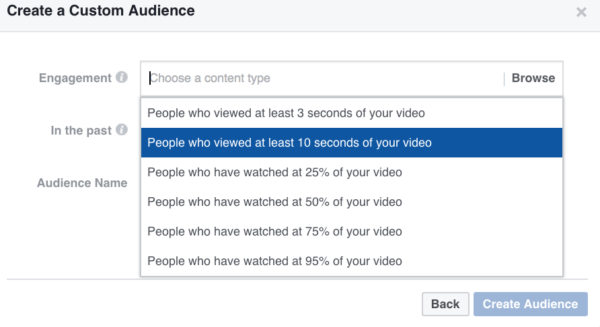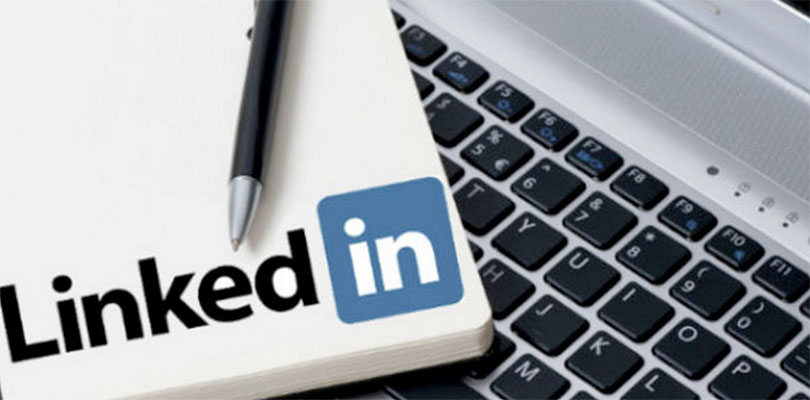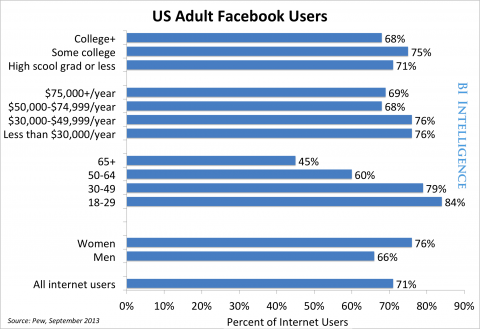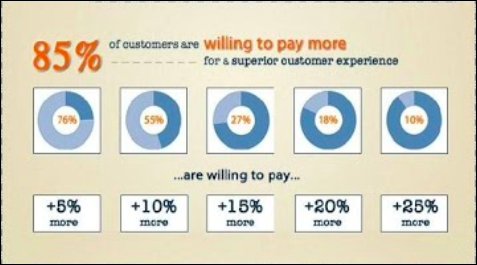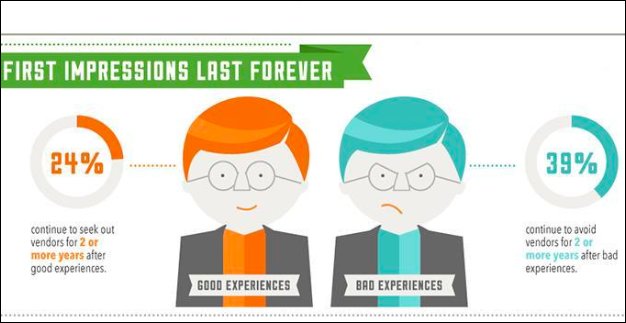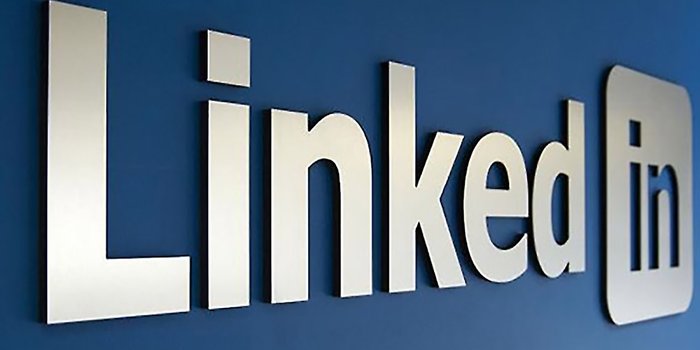The number of business owners within the B2B platform participating on social media platforms is increasing day by day. B2B shows continuous growth in the areas of content marketing as seen in higher volumes of online videos, infographics and business blogs. Lead generation and increasing conversions via inbound methods comes easy to companies who realize content is king. The primary and most important goal of the business process – lead generation – is aided by content marketing.
Here are some Content Marketing tips for B2B companies
1. Effective Content is Required
B2B marketing techniques are viewed as rigid and structured by businesses with the traditional mindset. They still adhere to the techniques of direct marketing methods like trade shows, email blast and cold calling for lead generation. A company shares its content through printed material in direct marketing. The game for B2B marketers changed with inbound marketing. Inbound marketing attracts via online media techniques such as SEO, content marketing and SMO. A blog for your website is a top priority since success of inbound marketing depends on effective online content. Your business must prepare content that fits its niche and target audience.
2. Relevant, Engaging Content is the Key
Content creation does not happen easily; it takes time. Fret not about the depth of your knowledge or writing skills. Simply keep your audience in mind for effective content marketing. It assists you in creating engaging and relevant content that further piques the interest of your customer. When the content appears to the reader on a personal level only then leads will be generated. Your business needs to produce good content that resonates with, as well as educates potential clients, when lead generation is your goal.
Related:
Top Successful Lead Generation Strategies
Handy Tips for Compiling a Lead Generation Strategy Using Woveon
3. Shows Passion and is Consistently Branded
Inbound B2B buyers prove themselves to be a progressively savvy group who know that they want and where to find it inexpensively and quickly. It is integral for your blogs to be completely connected with your brand and what you represent, in order to achieve the full power of your content for lead generation. Prospective buyers want to know what you can do for them and whether or not you can do it better than the competitor. Contrary to the widespread notion that people buy what you do, people buy why you do it. Customers need to know what you stand for and why you stand for it. Since this sentiment resonates quite strongly with the B2B buyers, it serves as in important reminder while creating a blog. Your leads can see through your passion for your company and its products or solutions. The power of your content marketing affirms itself through your passion – this is something potential leads notice when shopping for their solutions providers.
Remembering the mantra “content is king” pays off in planning your lead generation strategy. The more likely you are to see increases in lead generation through content marketing, the more attractive content is to target market, and it should resonate to them on some level. Do not take the power of content lightly.

